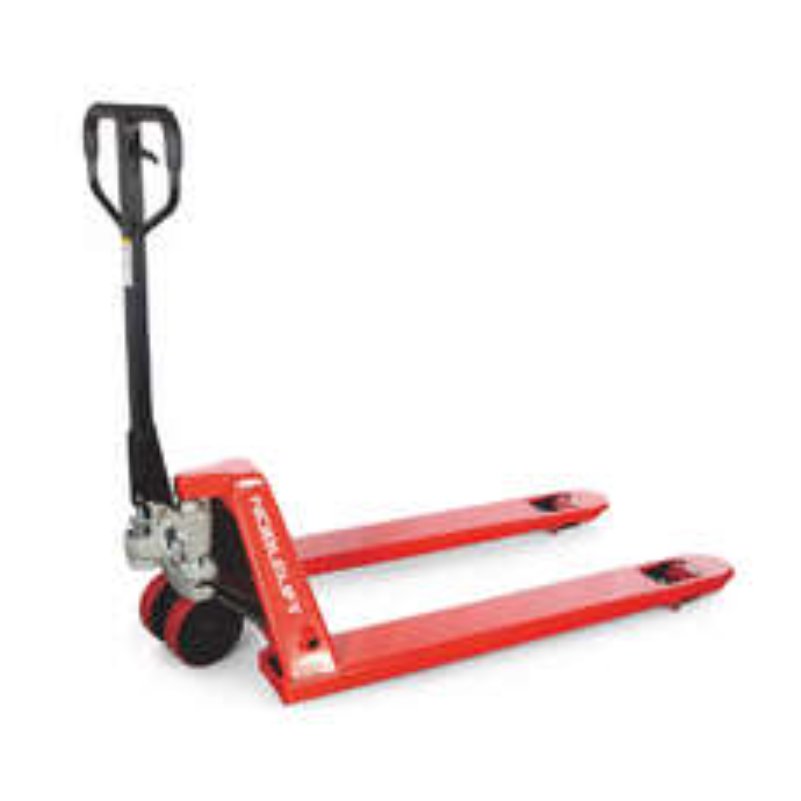The Significance of Material Handling Equipment
Material handling equipment encompasses a broad range of machinery designed to transport, store, and manage goods, raw materials, and products within a facility. This equipment comes in various forms, including forklifts, conveyors, pallet jacks, cranes, and automated robotic systems. Its significance cannot be overstated, as it influences multiple facets of industrial operations.
Efficiency and Productivity
Efficiency is the lifeblood of any industrial process. Material handling equipment streamlines the movement of materials and goods within a facility, reducing manual labor and expediting tasks. For instance, forklifts can effortlessly move heavy pallets of goods from one location to another, minimizing delays and optimizing workflow.
Conveyors, another essential piece of material handling equipment, excel at transporting materials continuously over long distances. This allows for a steady flow of materials through various stages of production, eliminating bottlenecks and enhancing productivity. With the advent of automated conveyors, industries can further boost efficiency by reducing the need for human intervention.
Cost Savings
While the initial investment in material handling equipment may seem substantial, it often leads to significant cost savings in the long run. By reducing the reliance on manual labor, these machines minimize labor costs and the associated risks of injuries. Additionally, they enable more precise inventory management, reducing the need for excess stock and cutting carrying costs.
Safety
Safety is paramount in any industrial setting, and material handling equipment plays a pivotal role in ensuring it. Manual material handling tasks can be physically demanding and prone to accidents. By automating these tasks, companies can reduce the risk of workplace injuries, leading to lower worker compensation claims and improved employee morale.
Furthermore, material handling equipment is designed with safety features such as sensors, alarms, and emergency stop buttons to prevent accidents. Forklifts, for instance, have load sensors that alert operators when they are carrying a load that exceeds the recommended capacity, reducing the risk of accidents caused by overloading.
Applications Across Industries
The impact of material handling equipment is felt across a wide spectrum of industries. Let's explore how different sectors benefit from the use of this equipment:
- Manufacturing: In manufacturing, the efficient movement of raw materials, components, and finished products is paramount. Material handling equipment, including conveyor systems, automated guided vehicles (AGVs), and robotic arms, plays a central role in assembly lines, ensuring timely production and consistent quality.
- Warehousing and Distribution: In warehousing and distribution centers, the timely and accurate movement of goods is essential. Forklifts, pallet jacks, and automated storage and retrieval systems (AS/RS) help maintain efficient inventory control and order fulfillment, reducing lead times and enhancing customer satisfaction.
- Construction: The construction industry relies heavily on material handling equipment such as cranes, bulldozers, and excavators to move heavy materials and equipment on construction sites. These machines not only expedite construction processes but also enhance safety by reducing manual handling of heavy loads.
Material handling equipment is the backbone of modern industry, facilitating the smooth and efficient movement of materials and goods in various sectors. Its contributions to efficiency, cost savings, safety, space optimization, precision, and accuracy are undeniable. Investing in the right equipment and technology is not just a choice; it's a necessity for staying competitive and thriving in today's industrial landscape.

